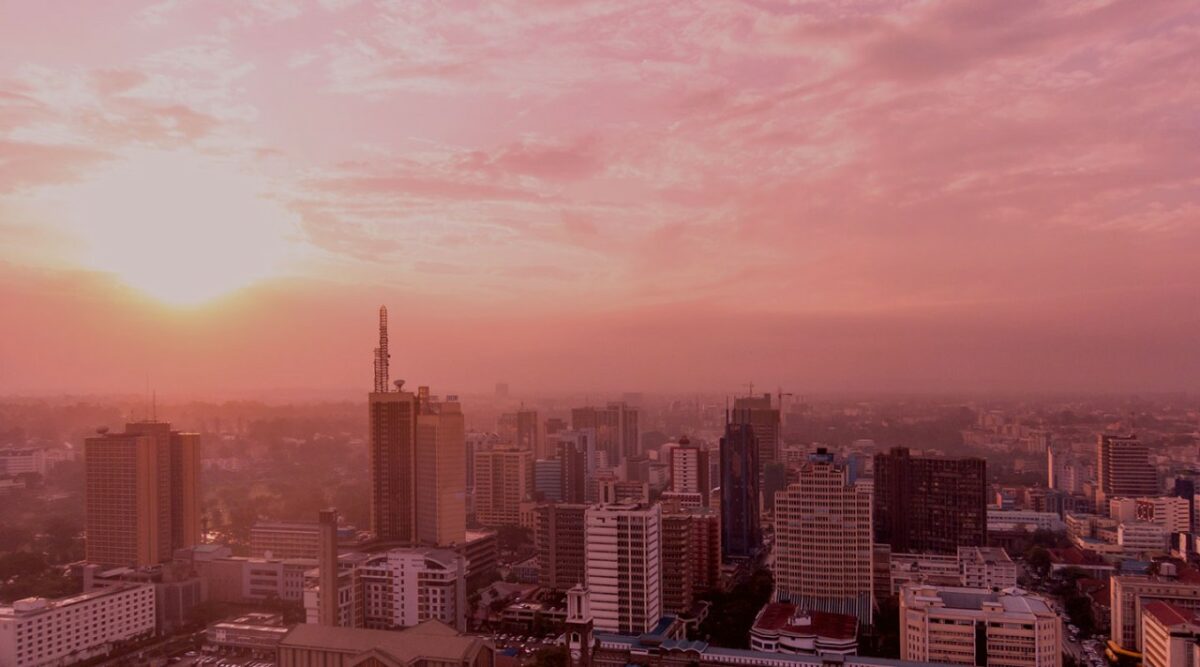12 April 2021
Although the past year has been difficult for many of us, things are starting to look up, writes Fehmida Motara, Head of Retail Products, Absa Regional Operations.
There can be no doubt that many of us have been negatively affected by the coronavirus pandemic. Although it is difficult to say just how deep this impact has been, what is certain and is borne out by key data numerics, is that consumers are tightening belts – whether forced or by design – and also opting for consumer channels that are safer, easier and cheaper.
The pandemic certainly accelerated evolving trends in the market, such as a growing shift to online shopping and facilitated by digital channels, with many of these changes in consumer behaviour look like being cast in concrete for the foreseeable future.
The spending slowdown
Despite this acceleration of trends, the current economic uncertainty has led to consumers being unwilling to splurge on non-essentials, and to save money wherever possible.
This has had a material impact on spending and spending patterns and notable events on the retail calendar such as Black Friday, and Christmas shopping saw a noticeable downturn in sales volumes last year compared to past periods.
Although there have been many negatives, COVID-19 has forced many individuals to adopt a fiscally prudent attitude to saving and their medium-term finances.
At some banks, there has been reduced card revenues for Point-of-sale transactions, indicating that people are swiping cards much less often and are, instead, saving. Additionally, the shift to using online channels to approach banking should result in cost-savings at a branch level over time.
The roll-out of vaccination programmes across the continent will help revive economic activity as sectors, particularly travel, leisure and tourism, a key revenue generator in Africa, begin to rebound.
Yet it is fair to say there is still a great deal of economic uncertainty linked to the COVID-19 pandemic, and it will take some time before we can say that the situation is back to anywhere near what it was before.
To entice consumers, retailers are looking at deeper discounts to ensure increased customer traffic and ultimately transactions. Yet despite many retailers sacrificing margin to boost volume, consumers will generally be reticent to spend at levels exhibited in previous years, which has the unintended consequence of slowing down economic activity at a time when economies are desperate for a pick-up.
There remains the risk, however, that the extent and lure of the discounts in discretionary categories may convince some consumers to engage in potentially reckless spending behaviour, which they may come to regret in time.
What to spend on
Although every consumer has a different profile, most would do well to increase saving efforts and hold off on additional spending, particularly on expensive discretionary items.
If you do spend money, go with purchasing the essentials and always keep in mind a “worst-case scenario”.
For those who are financially secure, there are likely opportunities for relatively good deals.
But often, paying down debt in a low interest rate environment, as is now the case in many African states, is the best way to spend money. It makes sense to take advantage of low interest rates to reduce debt levels and future interest costs as much as possible. If your home loan or vehicle payment was a certain amount before rate cuts, keep paying that amount so that you trim your debt faster.
Done in a methodical and disciplined manner, this will help create the financial freedom down the line to be able to spend on wishlist items.
Changed behaviour
We have seen a marked increase in the use of digital channels as people increasingly consume services and products this way and this is an uptake we expect will remain in a post-COVID world.
There is also a clear reduction in trading on discretionary goods and cutting back on holiday spend – not least because of the large-scale shutdown of air travel as well as resorts and hotels – and many consumers have structurally adapted to spending more time in the home. This has, unsurprisingly, led to a rise in home entertainment expenditure, along with an increase in the sales of electronic products which support a work-from-home orientation.
Grocery purchases are also being delivered more often now, as people generally seek to avoid malls and large crowds, and traditional retailers are increasingly adapting to this trend to meet the evolving needs of consumers.
The pandemic has undoubtedly fast-tracked changes that may otherwise have taken years to manifest.
The eCommerce segment has seen a marked increase in some markets, despite the devastating economic impact of the pandemic which cost a significant number of jobs and hit consumers hard, and the growth in online shopping is a trend we are likely to see replicated across the continent.
The big picture
Companies and financial institutions have generally responded to the shifting sands by tightening lending criteria as gross domestic product forecasts across Africa have declined substantially over the past year.
While the extreme effects of COVID-19 are largely starting to dissipate as the phased roll-out of vaccines take place and economies are slowly recovering, the uncertainty for corporate and small and medium enterprises’ financial outlooks remains material, which has ramifications for consumer spending patterns.
Barring a major unforeseen global event, the situation will be better over the coming year. Retailers and financial institutions should use this time to fully understand the changed landscape and how best to meet the needs of customers in this new normal.
Consumers should similarly use this time to entrench financial discipline, build up healthy credit scores, as well as financial buffers, and to save towards next the next major shopping days at the end of 2021.
.png)
.png)
.png)
.png)
.png)
.png)
.png)

.png)
.png)



